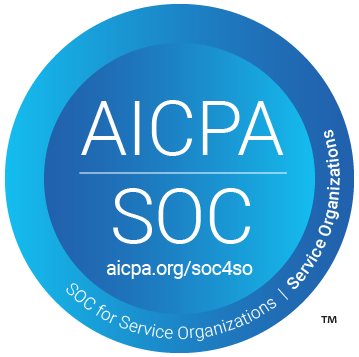Introduction
A leading global philanthropic organization partnered with Akaike Technologies and a premier research institution to address financial exclusion in rural India. The collaboration resulted in an AI-powered multilingual voice application designed to democratize access to financial information, government schemes, and advisory services available for women. The unique mobile application empowered underserved communities to make informed financial decisions through intuitive, voice-based interactions in local languages.
The Challenge
Rural India faces systemic barriers to financial inclusion:
- Limited awareness of government schemes and financial products.
- Language diversity and low literacy rates hindered access to critical information.
- Reliance on intermediaries often leads to misinformation or exploitation.
Communities remained disconnected from formal financial systems, perpetuating cycles of poverty and exclusion.
The Solution
Akaike developed a Gen AI-powered voice assistant designed to democratize financial literacy for women in rural India. The solution combined Large Language Models (LLMs), speech recognition, and low-bandwidth optimization to deliver hyperlocal financial guidance.
The voice assistant leverages a blend of advanced AI technologies to ensure seamless functionality:
- Automatic Speech Recognition (ASR): Converts spoken words into text, enabling interaction through voice commands.
- Natural Language Processing (NLP): Analyzes user queries to understand intent and sentiment.
- Natural Language Understanding (NLU): Extracts specific information to accurately interpret user intent.
- Natural Language Generation (NLG): Creates coherent and contextually relevant responses.
- Text-to-Speech (TTS): Transforms generated text responses into human-like speech for intuitive communication.
Below is a breakdown of the technical approach:
Step 1: Multilingual Language Processing
Localized LLM Fine-Tuning:
- Base model was fine-tuned on 5,000+ hours of rural Indian dialect data (Hindi and English) to grasp colloquial phrases (e.g., “Mudra Yojana Scheme” queries) and financial jargon.
Contextual Grounding:
- Added regional government scheme databases (e.g., subsidy eligibility criteria, microloan terms) to anchor responses in actionable, localized information.
Dynamic Code-Switching:
- Engineered prompts to handle hybrid language inputs (e.g., Hindi-English mixes like “Mera loan kab approve hoga?”) without manual intervention.
Step 2: Speech AI for Low-Literacy Users
Speech Recognition:
- Deployed automatic speech recognition (ASR) model which was optimized for Indian accents and background noise (e.g., marketplaces, farms).
- Reduced Word Error Rate (WER) to <15% in noisy environments through adversarial training.
Speech Synthesis:
- Integrated flow-based generative network designed for natural-sounding Hindi/English audio outputs, adjusting pacing for clarity.
- Added emotion-aware intonation to build trust (e.g., calming tones for debt-related queries).
Step 3: Collaborative Validation
Partnered with a well-known research institute to:
- Validate model fairness and mitigate biases (e.g., gender-neutral loan advice).
- Implement federated learning to update models using anonymized user data without compromising privacy.
Impact & Outcomes
The AI-powered voice application transformed financial decision-making for rural users:
- Deliver real-time audio responses to user’s voice queries in the local indian languages
- Women in rural India can now access government schemes, policies, and initiatives without dependency on intermediaries, fostering trust in formal financial systems.
- 80% of pilot users reported an improved understanding of government schemes (e.g., subsidies available for women, microloans).
This project exemplifies how AI can drive social equity by addressing systemic gaps. Akaike’s solution not only advanced financial inclusion but also set a blueprint for deploying ethical, human-centric AI in resource-constrained environments. By bridging the digital divide, it empowers users with actionable financial knowledge, enabling them to make informed decisions about savings, loans, and account management. Moreover, its ability to operate in native languages ensures cultural relevance and inclusivity.
 Let's Talk
Let's Talk











%20(1).png)


